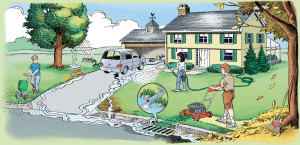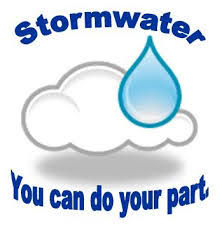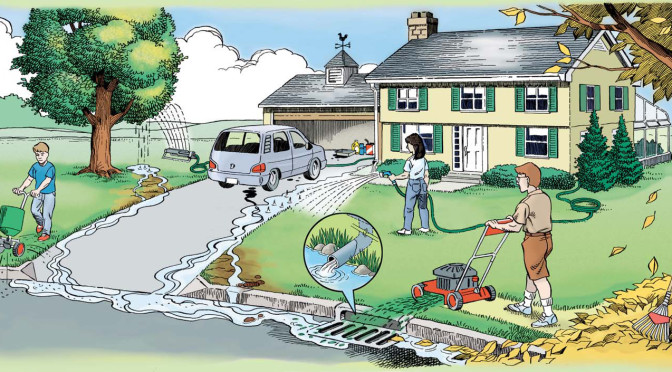 What can we do as families to help reduce pollutants entering our bodies of water?
What can we do as families to help reduce pollutants entering our bodies of water?
We all know by now that stormwater runoff is the leading cause of pollution of our surrounding bodies of water. Stormwater is being addressed at local, state, and federal levels, with reduction of pollutants entering our lakes, rivers, and coastal regions by mandates of infiltration, separation of stormwater and sewer and other measures.
But what can the average household do to help?
You and your family can adopt simple changes, which will have positive results. You are probably doing some already! A healthy environment is what we can pass along to the next generation. As population increases, the need for protection rises. Here is a link from the EPA than can help guide you to a more proactive response to urban water pollution.
http://www2.epa.gov/urbanwaters/how-you-can-help
 Every little bit helps to protect our water and natural resources.
Every little bit helps to protect our water and natural resources.
Related

A rainwater collection systems designer and consultant, Ken has designed and installed residential and commercial systems, primarily in the northwest United States for more than 10 years and, in 2014, began consulting and managing builds in other states. Ken is an accredited ARCSA Professional Designer / Installer and Life Member, the Northwest Regional ARCSA representative and advisor to its education committee and is available to speak about Rainwater Collection Systems design and builds.
Ken is a United States Navy veteran, having served on active duty during the Vietnam War era.
A career entrepreneur, Ken created a new business focus with a commercial dive company in Hawaii in the mid 1980′s to respond to and clean up oil spills, oil spill equipment training, service and maintenance for the oil co-op service industry. Ken is passionate about having a positive impact on the environment and is also a founding director of BANK-ON-RAIN (2011-2014), whose mission is to create grassroots solutions for rainwater collection for consumption and agriculture in developing areas of the planet.
 What can we do as families to help reduce pollutants entering our bodies of water?
What can we do as families to help reduce pollutants entering our bodies of water?

 Every little bit helps to protect our water and natural resources.
Every little bit helps to protect our water and natural resources.